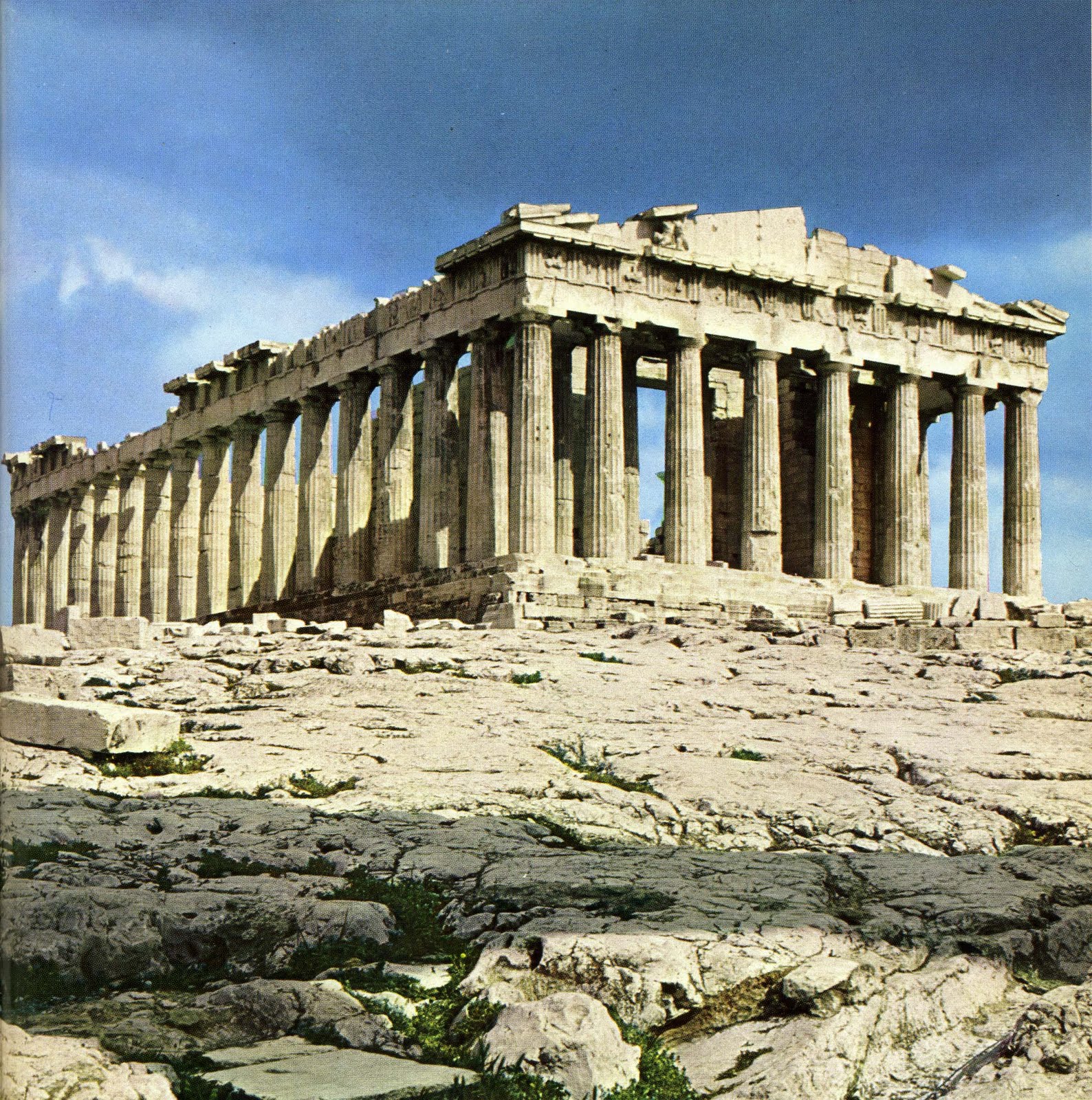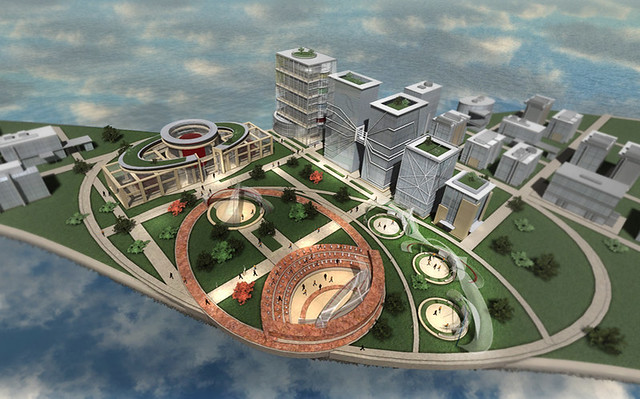
Is architecture in video games really architecture?
Let’s quibble over semantics, shall we? Take a look at these two pictures: Which one would you identify as architecture?

Let’s quibble over semantics, shall we? Take a look at these two pictures: Which one would you identify as architecture?
Architecture in video games matters, and there is a right way and a wrong way to approach it. Games are chock full of buildings, but there is a tremendous deficit of ‘Architecture.’ Here are some thoughts on the importance and potential of architecture in game design and virtual worlds.
“WOW!” Seems to be an almost universal reaction to a first experience trying on the new Oculus Rift VR headset. Seeing a players first experience with Rift is always interesting to see, as the player gradually becomes immersed, suspending their disbelief, and becoming part of the virtual environment.
I love being a freelancer. I’ve been lucky enough to get away with it off for 9 out of the past 10 years, and wouldn’t have it any other way. However, it hasn’t always been easy – especially the first few years. There were so many hard earned lessons and missed opportunities that could easily have been avoided had I known better at the time. That’s what this post is all about.

During the past several months, I’ve had the privilege of working with Gronstedt Group and their clients at Avaya on a variety of immersive learning, training and workplace environments. Projects included 2 full campus areas, complete with libraries, auditoriums, office spaces and training rooms. These projects were realized using Avaya’s own AvayaLive Engage multi-user platform.
The technologies and demand for realtime 3D visualization in architectural design and urban planning will almost certainly be commonplace in the years ahead, but realizing the full breadth of what is possible when realtime 3D is combined with multi-user, online user-generated environments will require a paradigm shift.

Below are a couple of excerpts from my contribution to RENDERING, covering some of my thoughts on architecture in virtual worlds. The book is a publication of CLOG, and can be purchased HERE.
I think I can build a strong case that I got 10 out of 12 accurate this year. Let’s see how it played out:
A virtual environment inspired by Arabic architectural traditions for a client in Muscat Oman. تطلق العالم الافتراضي للقمة ل Muscat الشباب